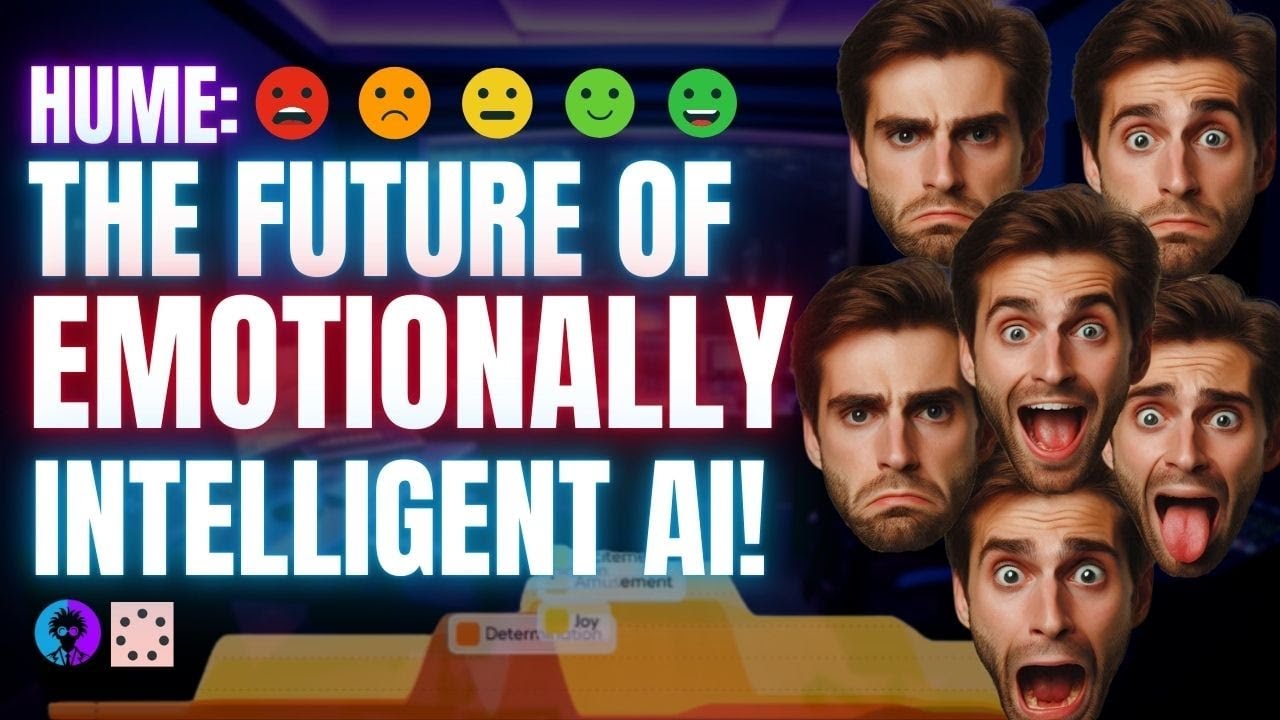In the video, Bob Doyle introduces Hume’s advanced text-to-speech technology that incorporates emotional understanding, allowing AI to respond in a more human-like and empathetic manner. He demonstrates various features, including real-time emotion detection through facial expressions and vocal tones, showcasing the platform’s versatility in generating dynamic audio content and engaging conversations.
In the video, Bob Doyle introduces advanced text-to-speech technology developed by Hume, which goes beyond traditional voice synthesis by incorporating emotional understanding. Although the video is faceless due to a camera mishap, Doyle emphasizes the significance of this technology in creating more meaningful conversations. Hume’s AI can interpret emotional expressions and context, allowing it to respond in a way that feels more human-like and empathetic. This capability is tied to a large language model (LLM), enhancing the AI’s understanding of the nuances in conversation.
Doyle showcases various features of Hume’s technology, starting with a demonstration of how the AI can generate voices that convey specific emotions. For instance, he presents a melodramatic voice that can express intense feelings, illustrating how the AI can adapt its tone based on the emotional context of the script. The platform allows users to experiment with different voice identities and emotional expressions, providing a glimpse into the potential for creating engaging and dynamic audio content.
The video also highlights Hume’s expression measurement tool, which uses a webcam to analyze the user’s facial expressions and vocal tones in real-time. This feature can detect emotions such as joy, anger, or confusion, and it can provide feedback to the AI, enabling it to tailor its responses based on the user’s emotional state. Doyle demonstrates this by altering his tone and observing how the AI interprets his emotions, showcasing the technology’s impressive accuracy in reading human expressions.
Additionally, Doyle explores the text-to-speech interface, where users can input text and select from a variety of voice options, each with unique emotional characteristics. The AI can also enhance the text to better fit the chosen voice, adding a layer of creativity to the output. This feature allows for playful experimentation, as users can generate whimsical or sarcastic responses depending on the selected voice and emotional tone, further illustrating the technology’s versatility.
Towards the end of the video, Doyle engages in a conversation with the empathetic voice interface, demonstrating how the AI can provide support and guidance in a conversational manner. He also experiments with creating custom voices and adjusting their characteristics, showcasing the platform’s flexibility. The video concludes with a cautionary note about the implications of such advanced AI technology, hinting at its potential to understand and predict human emotions and thoughts, while encouraging viewers to subscribe for more insights into AI developments.
